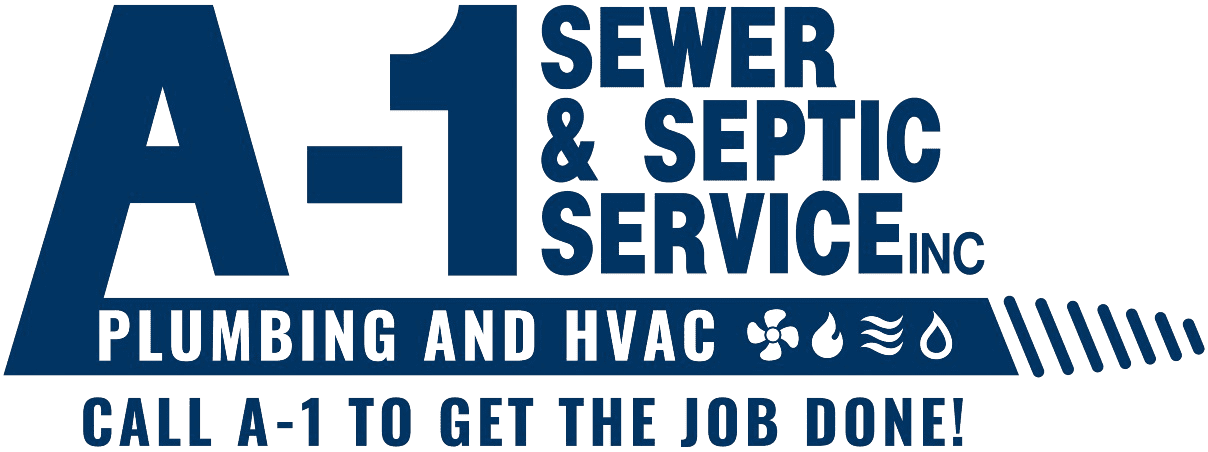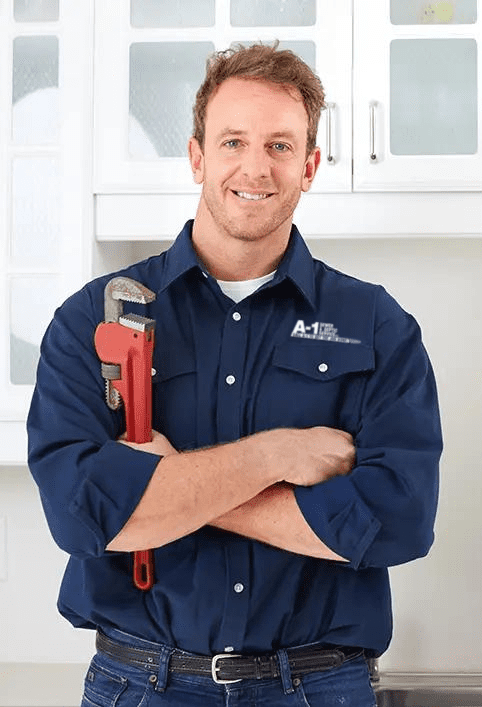With the warm and sometimes “humid” weather quickly approaching, it’s safe to say that plenty of Kansas City homeowners will be concerned about indoor climate control, humidity, and mold growth.
Mold by itself is a natural part of the environment; when a mold is outside, it plays a key role in how nature breaks down organic material and this includes dead tree branches and leaves on the ground.
While mold has its job outdoors, indoors, mold growth is an unsightly and unhealthy toxic substance. If you want to control mold in your home, and reduce the risk of mold exposure, you’ve got to control moisture. Part of controlling moisture is to attack water leaks immediately, and take care of water damage, whether in drywall, crawl spaces, leaky faucets, to roof leaks, wall cavities, water heaters or even behind washing machines, whenever there is an affected area of potential water damage. When looking for mildew and the growth of mold, you may see visible mold, or notice a musty smell or odd odor from the build up of mold; this may mean you have a mold problem.
Mold Spores Are Invisible to the Naked Eye
Molds reproduce by creating tiny spores, which are invisible to the naked eye. These spores float through the air and once they come into contact with a surface that is damp or wet, the mold starts reproducing.
Molds come in different varieties and colors, however, none of them can thrive without moisture or water.
Is Mold Dangerous to Your Health?
Once mold lands on a wet or damp surface and starts growing, you have a potential health problem. Since molds produce irritants, toxic substances (mycotoxins), and allergens, inhaling or coming into direct contact with mold can cause an allergic reaction. Black mold, which is also known as stachybotrys, can cause serious health issues, respiratory issues or major respiratory problems.
Some people have allergic responses to mold and experience sneezing, runny nose, and skin rash, while others experience an asthma attack. People with compromised immune systems and others who suffer from chronic lung conditions can have adverse reactions, and even develop serious infections in their lungs. The EPA (Environmental Protection Agency) has standards in place for mold remediation and clean up of mold damage and mold removal, and part of any water damage restoration project will need to take this into account. While bleach can kill living organisms, there may be safety steps that need to be followed, depending on the severity and type of mold damage.
Mold & Your Plumbing
Mold is often found in basements, shower stalls, drywall, carpets, under sinks, and other areas around plumbing pipes. If you have leaky pipes which are causing a mold infestation, you should:
- Identify and repair any plumbing leaks promptly, water leaks, leaky faucets, fluctuations in water pressure of higher than normal water bill, would all need to be address immediately
- Clean and dry the areas that suffered water damage within 24 to 48 hours.
- When it’s humid, use an air conditioner or dehumidifier to reduce moisture.
- Avoid carpets in humid bathrooms and basements.
- Use bathroom fans when taking a shower.
If you do clean a moldy surface, you will want to limit your exposure to the mold. The best way to do this is to wear an N-95 respirator (available at hardware stores), gloves and goggles, preferably without any holes in them (to avoid mold contact with your eyes).
Do you have a mold problem that was caused by leaky pipes? If so, reach out to A-1 Sewer & Septic Service Inc. for help.
Our Kansas City plumbers offer same-day and weekend services. Call today, our operators are standing by!



